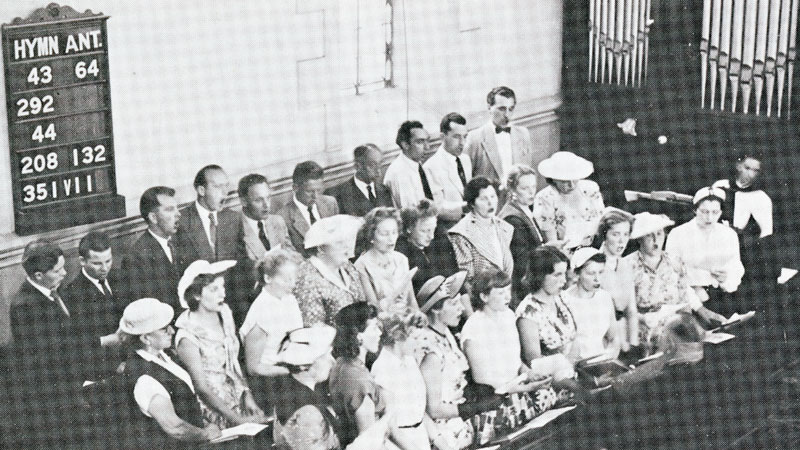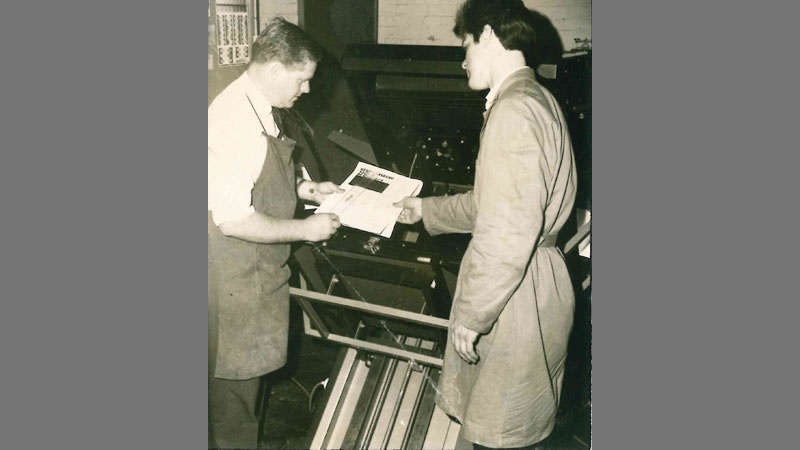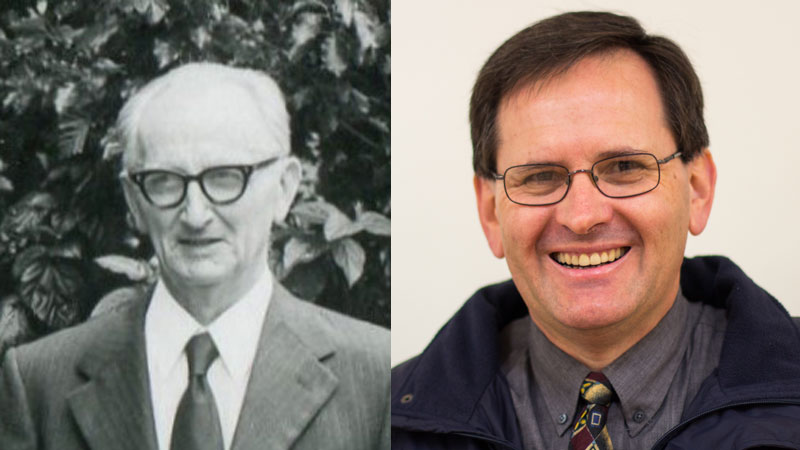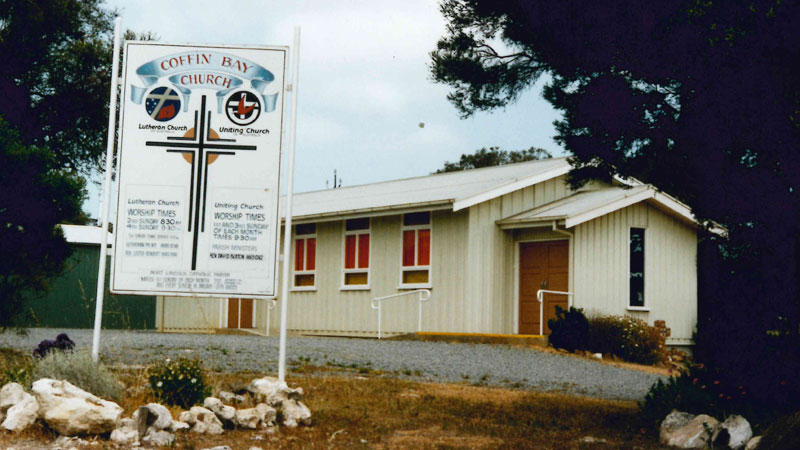Our church yesterday and today
In 1966 the leader of the Queensland District of the LCA was a Schmidt; now it is a Smith. Then it was Pastor Schmidt; now it is Bishop Smith. In 1966 the leader of the LCA was a Lohe; now it is a Henderson. Then it was President Lohe; now it is Bishop Henderson.
I’m not suggesting the amalgamation in 1966 was the merger of two German clubs. But I am suggesting there has been a shift in the composition and demographics of the LCA. And that there is a very important shift from president to bishop, and not just in name only. Our bishops now exercise more fully pastoral and episcopal leadership and oversight in the church, and the College of Bishops plays a crucial role in the ministry of the church.
The early days of the LCA focused on cementing the union. And that was important. No-one wanted the new church to fall apart or to split again. Care was taken to have almost equal representation from the two former synods on boards and departments. The unity of the LCA is still important, although the context is quite different. Now we see it to the fore in the discussions on the ordination of women.
What I do HOPE for and PRAY for is that the church which was formed 50 years ago is still the SAME CHURCH in its central focus, JESUS.
Eventually, when it was realised the union was cemented, the focus moved outwards. And so in 1987 the church adopted Vision 90 with its key premise: ‘Every congregation is a congregation in mission. All pastors and all members are missionaries’. What happened to that? Well, for one thing, now, many years later we have a renewed emphasis on church planting.
In 1966 and years immediately following, theological issues were prominent. Conventions featured a theological essay. The Commission on Theology was a key group in the church. Maybe this is still the case but generally some see a shift to the practical and pragmatic. Today moral and ethical issues perhaps preoccupy us more than theological ones.
The interpretation of Scripture was on the agenda in the early years of the LCA, resulting in the Consensus Statement of 1984-1987. It is still high on the agenda today, especially in dealing with the question of the ordination of women.
In 1966 we severed all overseas connections (with the exception of Papua New Guinea) for the sake of union in Australia. After letting overseas relations with other churches lie in the early years, we have since formed relationships in earnest. We have become an associate member of the Lutheran World Federation. We have worked closely with ‘partner churches’, especially in South East Asia, which we have declared an area of special focus. We have entered into an agreement with Lutheran Church – Canada. At home we have become a very active member of the National Council of Churches in Australia. Most of these are moves we would not have dreamed of 50 years ago.
But what does the LCA look like on the local congregational level? Walk into many of our churches on a Sunday morning and you see an ageing membership in declining numbers.
And perhaps, in some instances, a tired membership. Look at some rural areas and you will see Lutherans worshipping with Uniting churches and/or Anglican churches. You will hear reports of working groups looking at better ways of serving given areas with possible realignments, rationalisation of resources and the like. Some of this is driven locally; some of it the initiative of church leaders.
Walk into a Lutheran congregation at worship 50 years ago and you would use a set liturgy in common with all other congregations, with the Lutheran hymnbook as your only resource for hymns, which were played on an organ. Now you will be confronted with a variety of service orders, hymns and songs from a wide ranges of sources, many different musical instruments, and most likely no hymnbook, with everything appearing on an overhead screen.
In the early days Lutheran colleges existed primarily to prepare candidates for the office of public ministry. Now not many ministry candidates come straight from our senior schools. Candidates are more likely to be entering a second or third career and, of course, are therefore older.
There is also often a hiatus between the worship life of our schools and our congregations, something not in existence at all 50 years ago.
We had deaconesses as the new church started its life. Now we have lay workers and lay chaplains, some trained at Australian Lutheran College, some trained elsewhere; some serving full-time, whereas others are called to part-time service.
To the casual observer, bureaucracy seems to have taken over. Full-time church workers abound. We had no computers at the time of union, no IT specialists, no home pages, no professional standards departments, no superannuation scheme and no internal insurance coverage, no professional full-time reconciliation ministry, no health-cover schemes, no Grow Ministries or Grassroots Training.
Openbook Publishers (formerly Lutheran Publishing House) flourished and then waned. The LLL has flourished but the demand for low-interest loans has shifted from congregations to schools to other ministries.
There have certainly been changes. That is only natural. Are they for better or worse? I have not tried to pass judgement in looking back over five decades of change.
What I do hope for and pray for is that the church which was formed 50 years ago is still the same church in its central focus, Jesus; in its confessional loyalty to Holy Scriptures and the Lutheran Confessions; and in its essence as a truly evangelical Lutheran church.
P.S. Certainly we had no Longest Lutheran Lunch 50 years ago. Hopefully it is the start of one continuous feast and celebration.
Rev Dr Lance Steicke was LCA President from 1987 to 2000 and was President of the National Council of Churches in Australia from 2000 to 2003.
This feature story comes from The Lutheran October 2016. Visit the website to find out more about The Lutheran or to subscribe.
READ MORE STORIES ABOUT 50.500, church union






